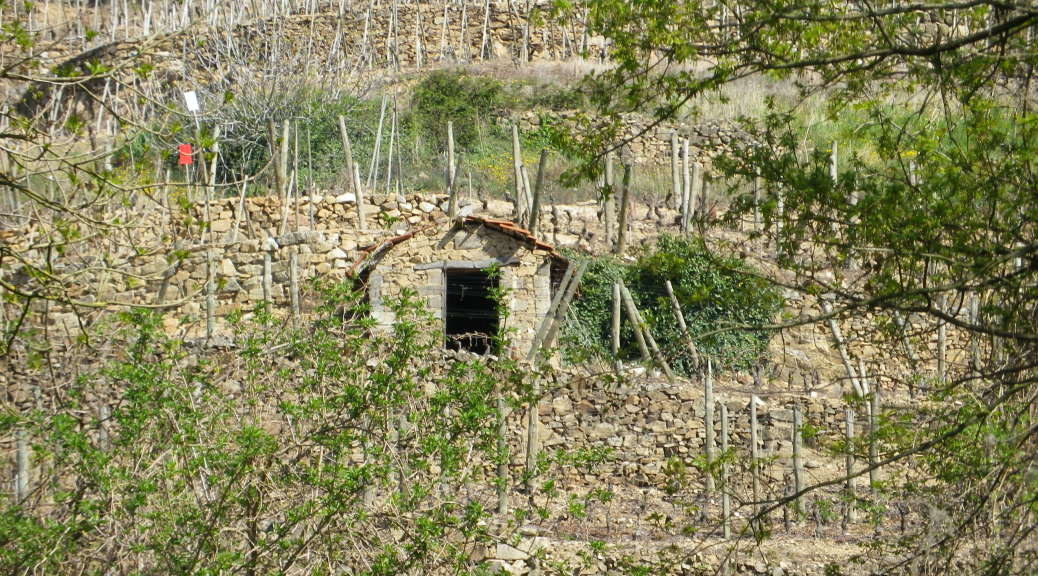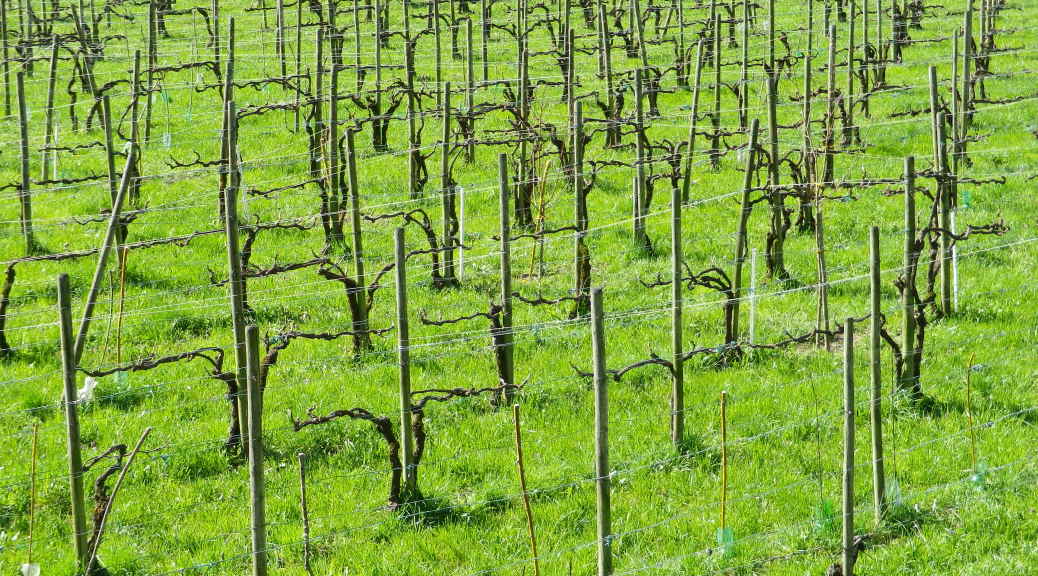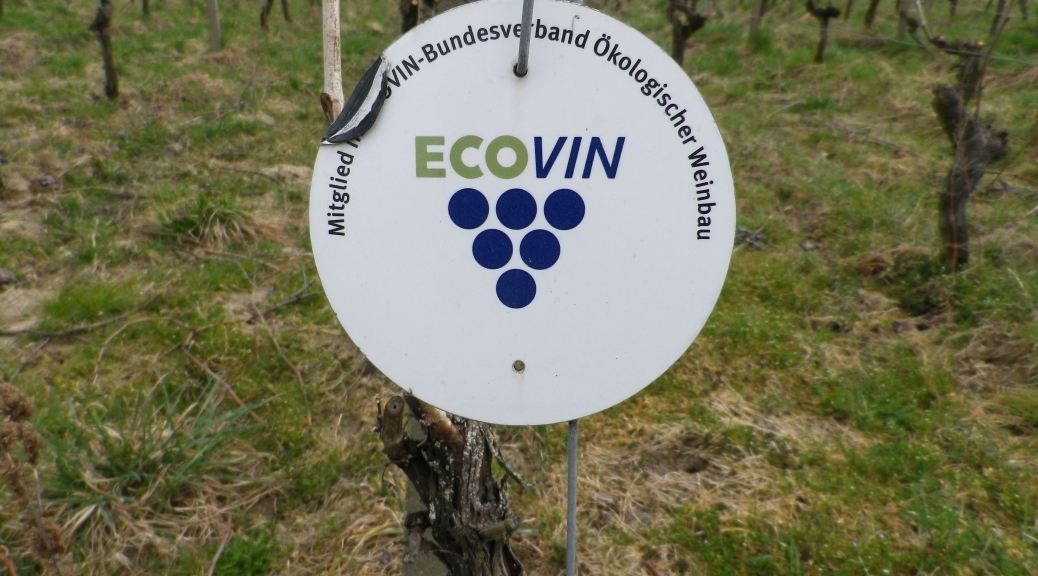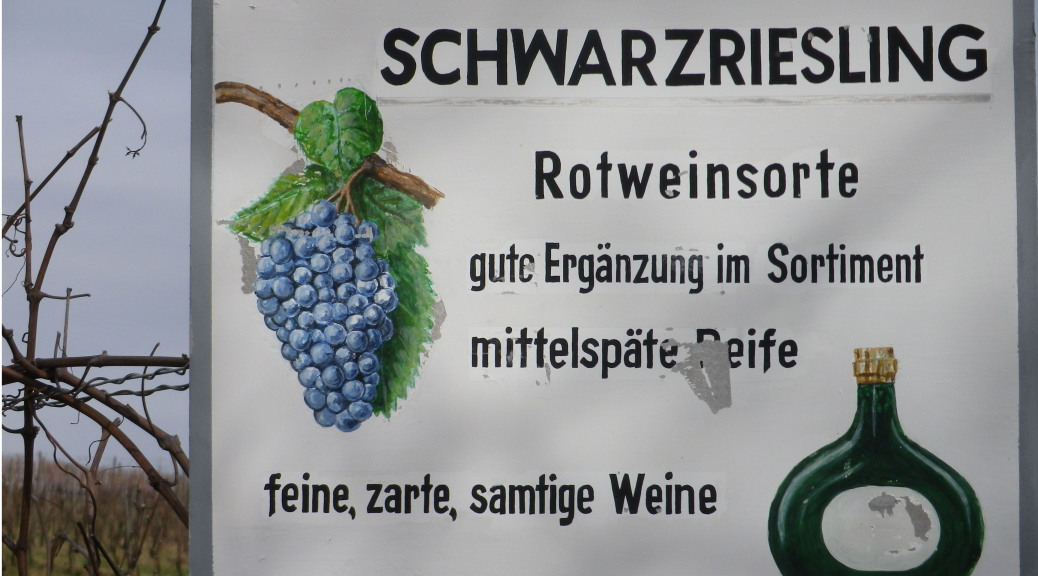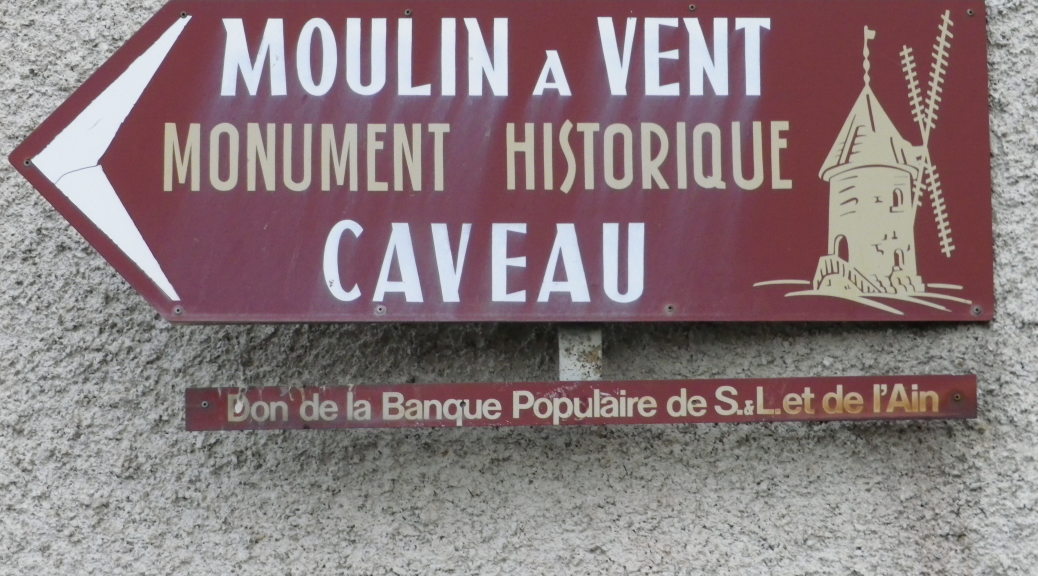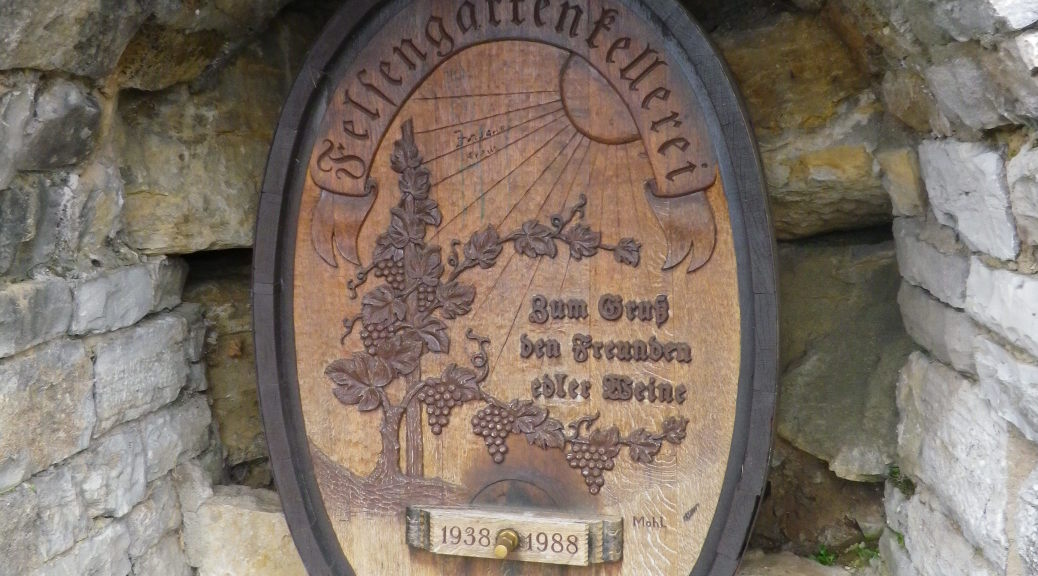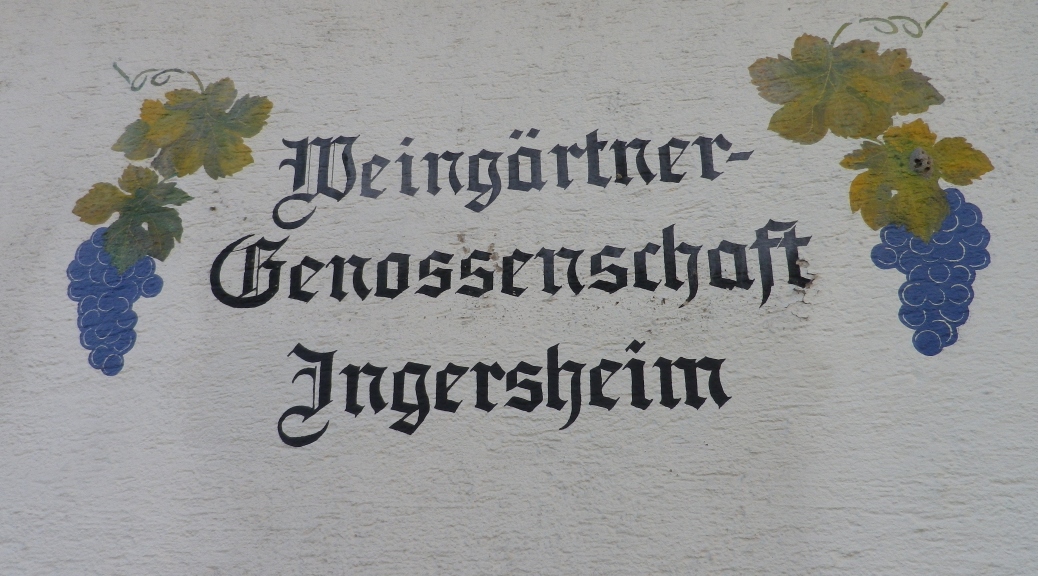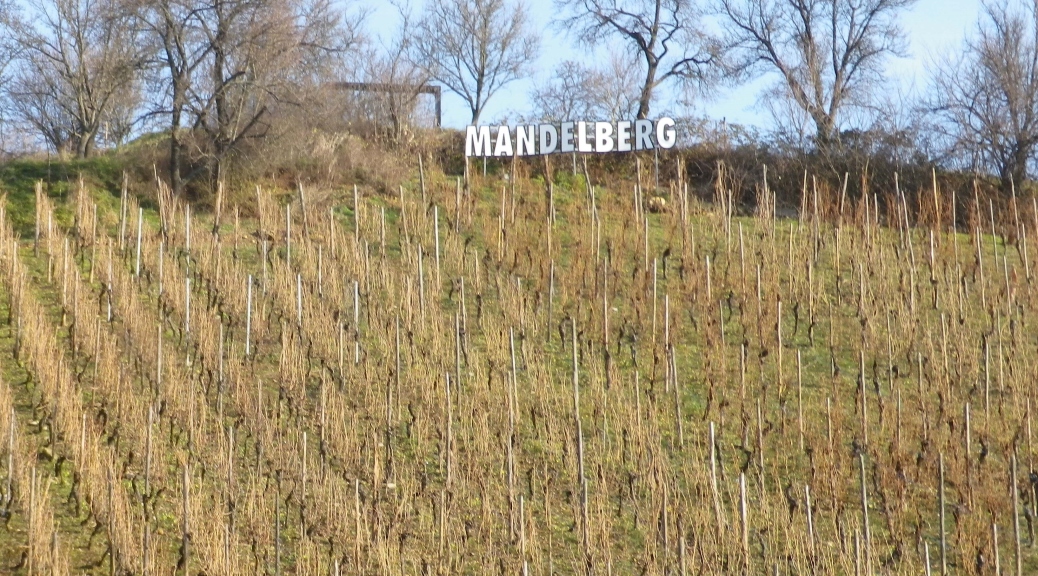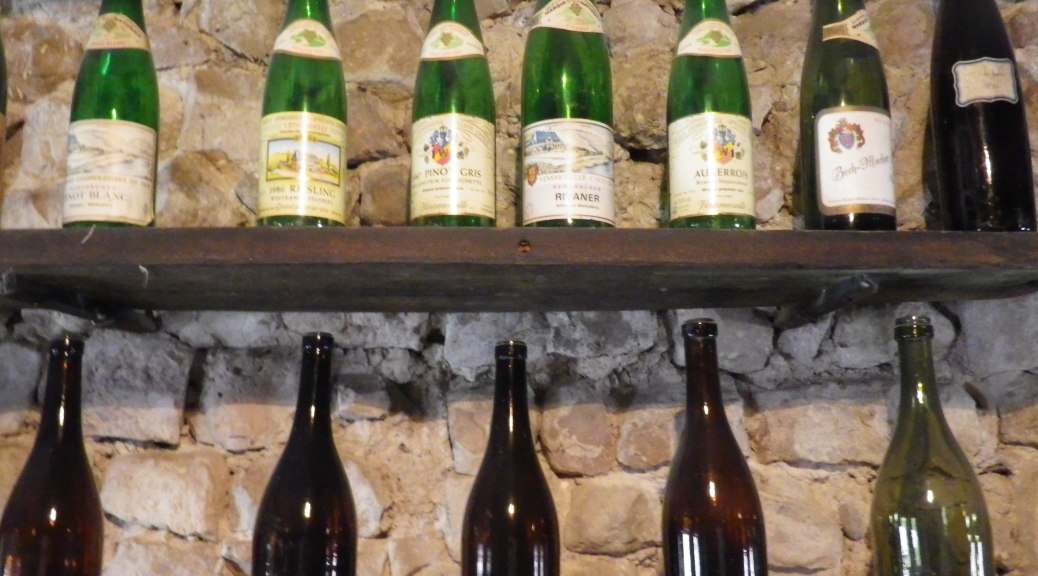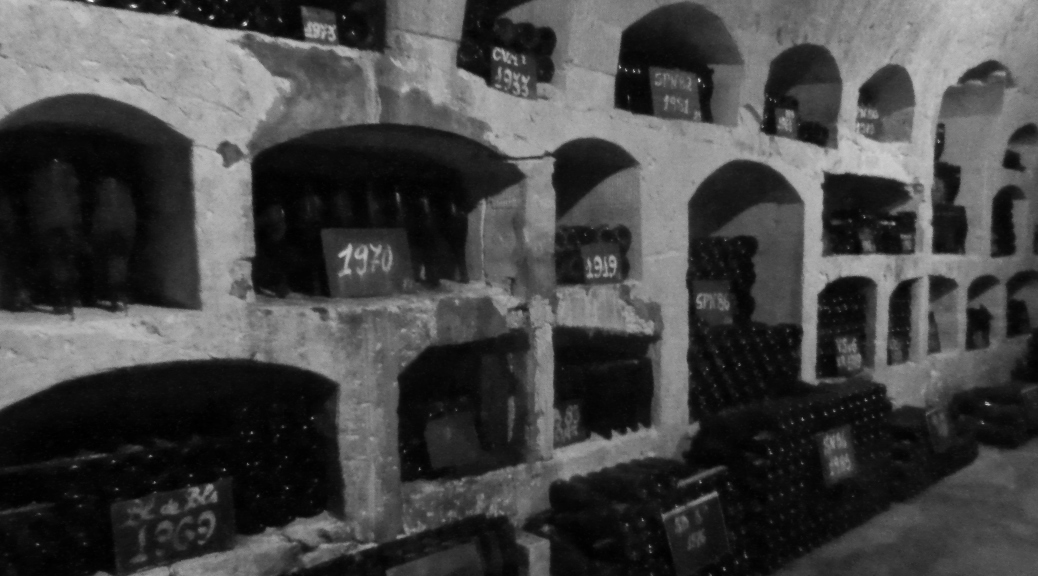What I Learned
Three great appellations begin about 15 miles south of Lyons. They range along the right bank of the Rhone and are, from north to south: the famous Cote Rotie, Condrieu, and St Joseph. In two of the three appellations, the Syrah varietal reigns supreme.
The Saint Joseph appellation is the largest. Its vineyards line the steep banks of the Rhone for about 60 kilometers, or 37 miles, and includes 26 villages and towns, mostly located along its shores. The vineyard soils are predominantly granitic.
